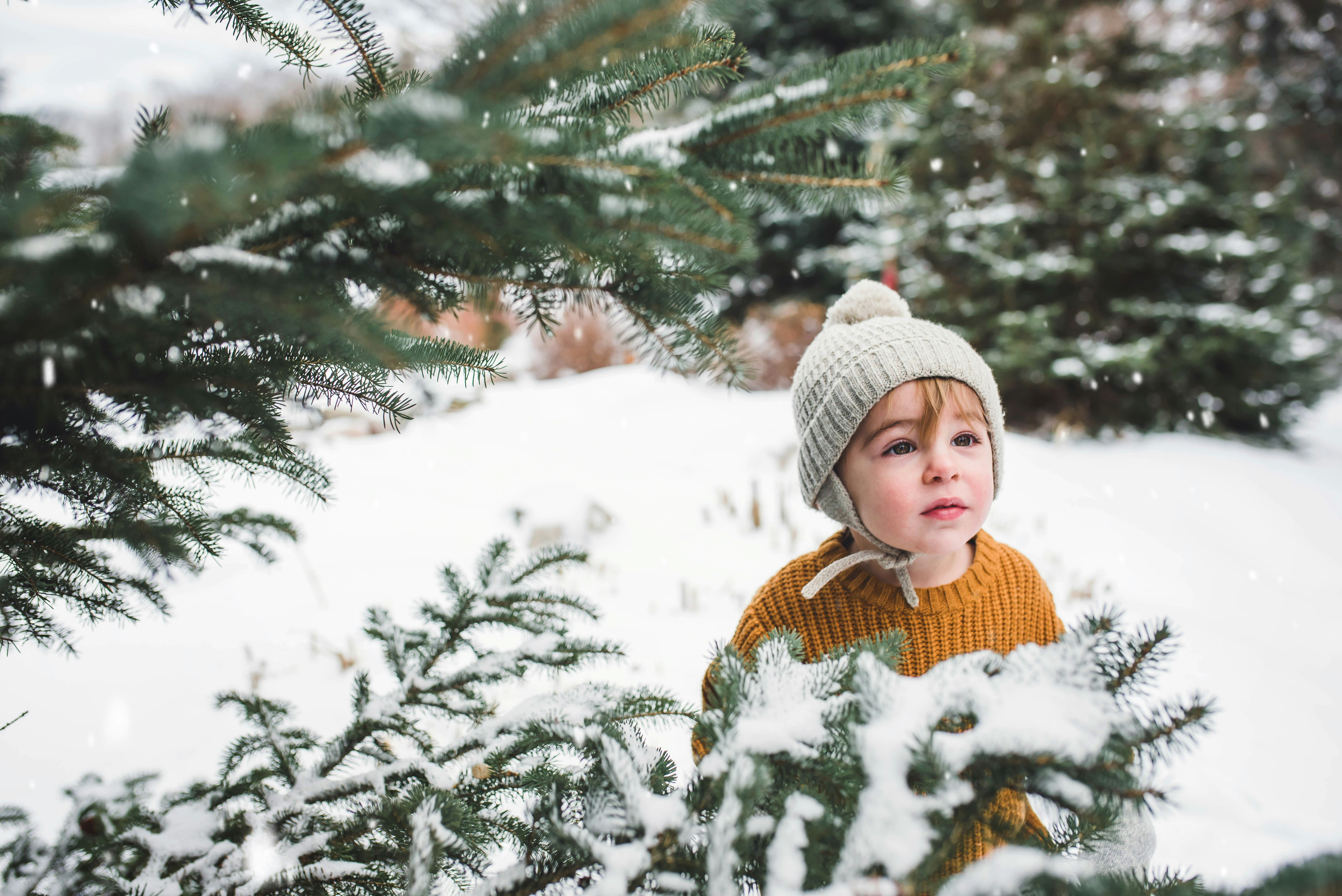As the weather begins to get cooler, your daily routines will need to be changed. Long sleeve shirts, jackets, and jeans will be brought out of closets. You will have to let your car warm up before hitting the road. Your thermostat will be switched to heat, rather than blowing out cold air, and wearing a hat will be needed to keep you safe from the cold weather.
All these changes, and many more, will take place as the seasons change. It would be best though to prepare your home for changes in the seasons. Your goal ultimately is to “winterize” your home. When you winterize your home, you conduct repairs and chores around the home to prevent damage from cold temperatures, snow, and ice. Here are some repairs you should do on your home to prepare for winter
1. Take care of exterior wood by painting, caulking, and sealing.

One of the ways to ensure that your home stays safe from the winter elements is by painting, caulking, and sealing the exterior wood. The wood trim that is found around your house must be kept safe from the outside elements, otherwise, damage can occur. Rather than replacing this wood trim (which costs a lot to do), you can take the preventative method of keeping the trim painted and caulked.
This is an activity which people can do themselves, throughout the year. If it’s not done before the winter months arrive, there’s a good chance that this damage can get worse.
2. Replace loose roofing shingles and have roof holes fixed.

Keeping your roof in the best shape is needed throughout the year. As with any season, though, winter brings with it, its own reasons for concern. In the case of harsh windstorms, ice, snow buildup, and dropping temperatures, advanced repairs should be taken.
To begin with, if you suspect that your roof shingles are loose, damaged, or missing, it might be best to contact a licensed roof contractor like Gibsonia roofing contractors to first see if repairs need to be done. Secondly, check your roof to see if there are any leaks, or drafts coming through to the home. This is another task that can be taken on by licensed professionals. When things become a bit cooler you don’t want moisture or cold air coming into your home.
3. Have old tree limbs cut down.

Let’s say that you live in an area which is heavily forested. Trees of all sorts line the streets of your neighborhood, and you even have a few of these same trees sitting on your home property. During the year, these trees are great window dressing. During the winter months though, they can become potential hazards.
As the temperature drops during the year, old tree limbs start to loosen their hold on trees. These very limbs might even hangover parts of your home. In very unfortunate cases, these tree limbs can damage your home. Imagine having to deal with a hole in your roof caused by the fallen tree limb. You might even have to ask yourself “where is there a drive up storage near me?” when you have to find a self-storage for items damaged by fallen limbs. Having old limbs destroyed in advance of an accident is a good preventative measure to take.
4. Weatherproof exterior pipes.

As the temperatures get colder, there’s a good chance that your exterior pipes can be affected. Frozen pipes can crack, and once they thaw, hundreds of gallons of water can be released in one day. You’ll want to first begin this repair process by checking all of your pipes for weaknesses. If you see moisture on connectors and faucets, this is a sign that there is wear and tear, and that these parts need to be replaced soon.
Lastly, you can also turn off external pipes, to make sure they’re fully drained. It’ll probably be useful to double-check this a couple of days later to see if the external pipes have been fully drained. For a little bit of added protection, you can also add insulating tape to any exterior pipes.

